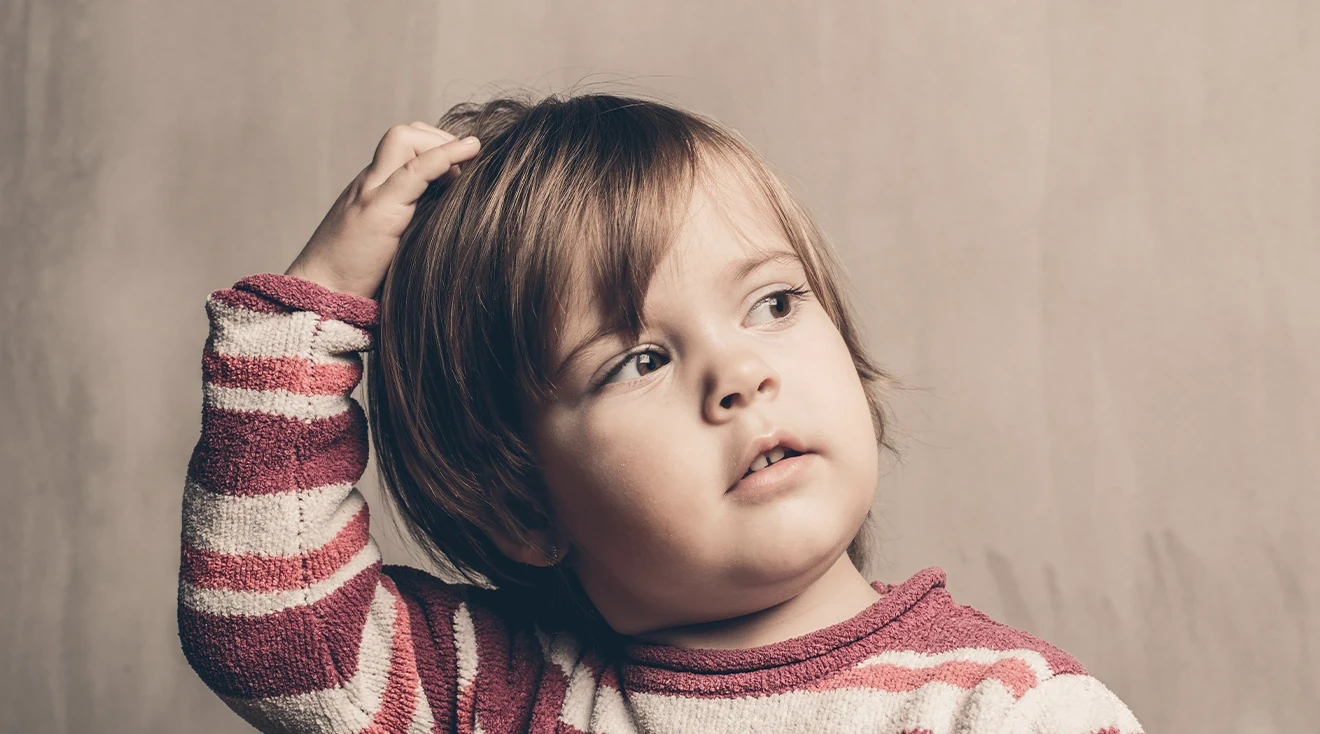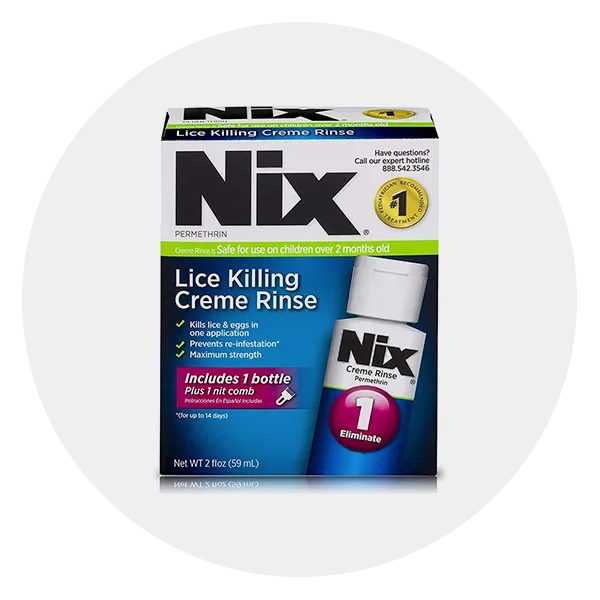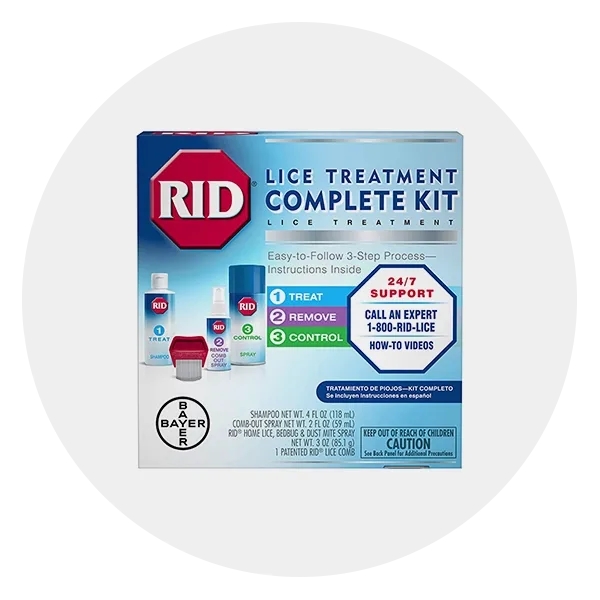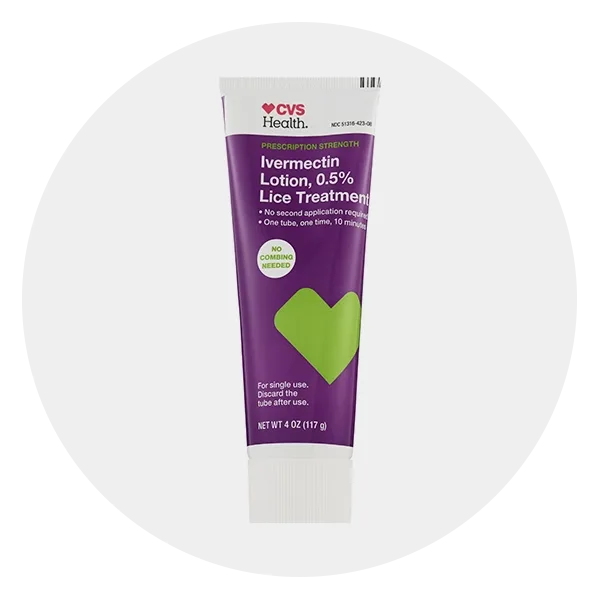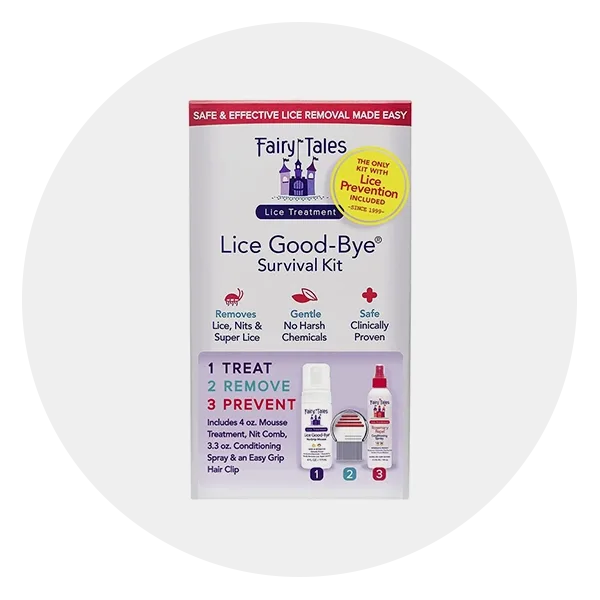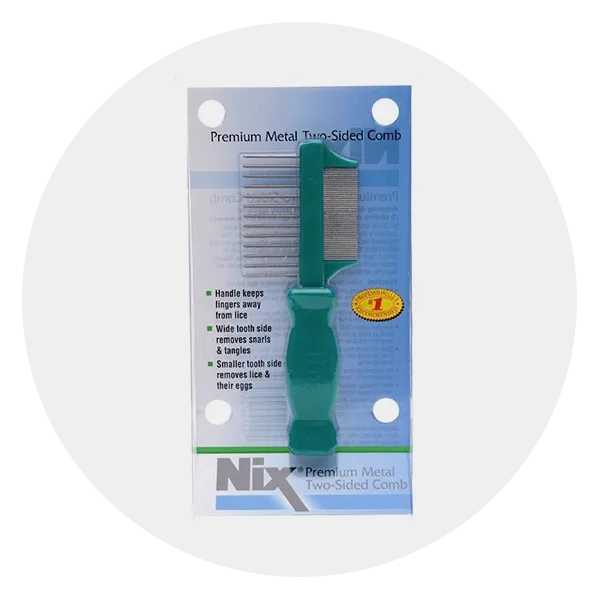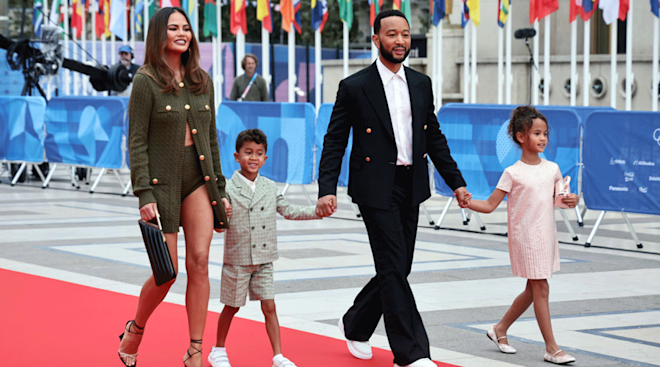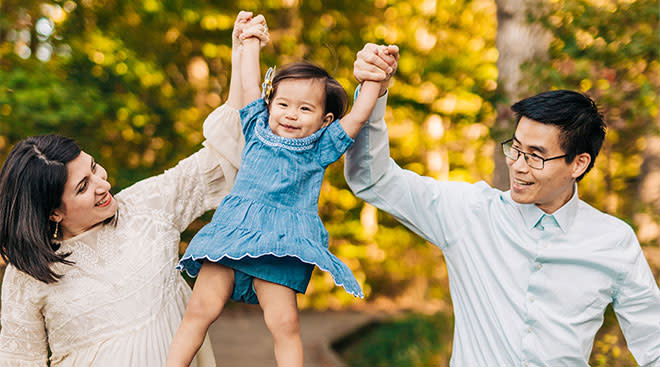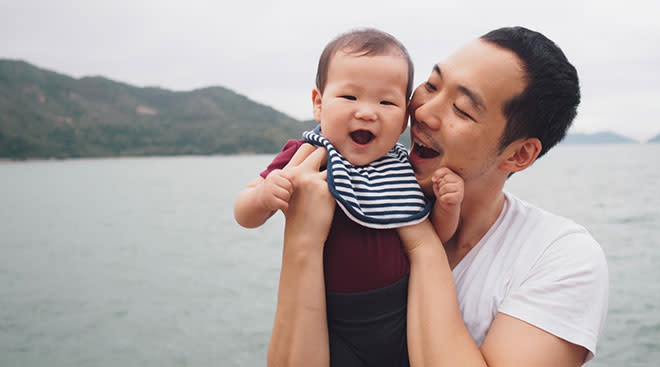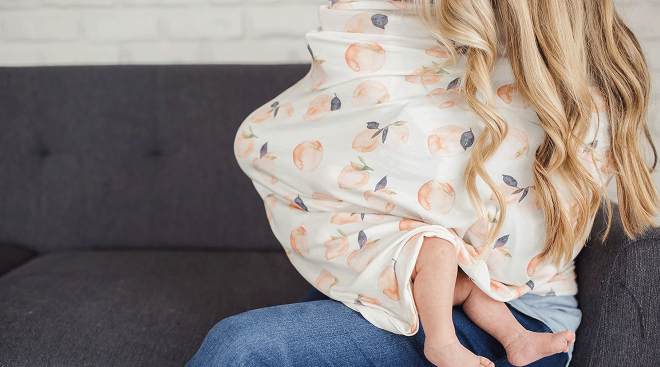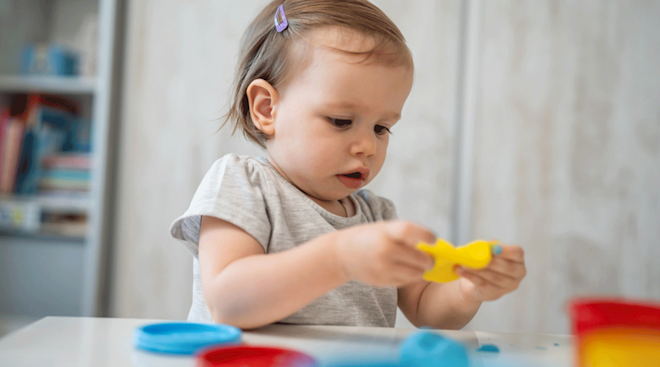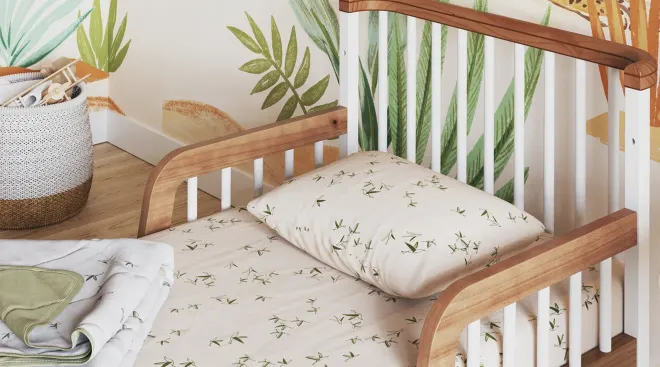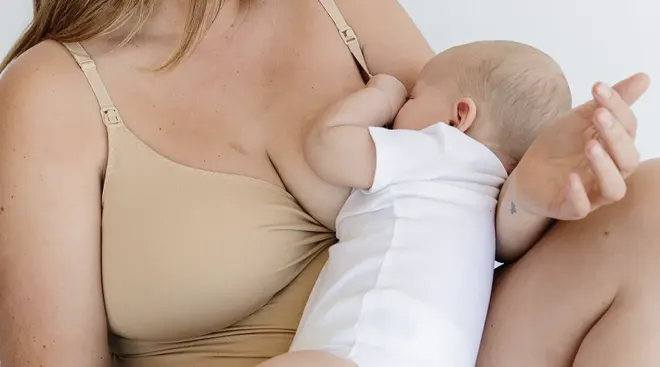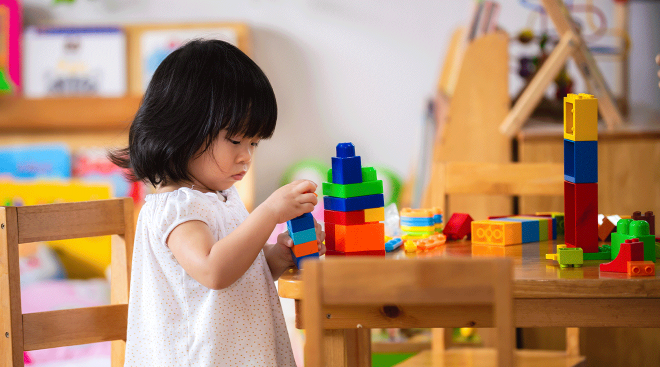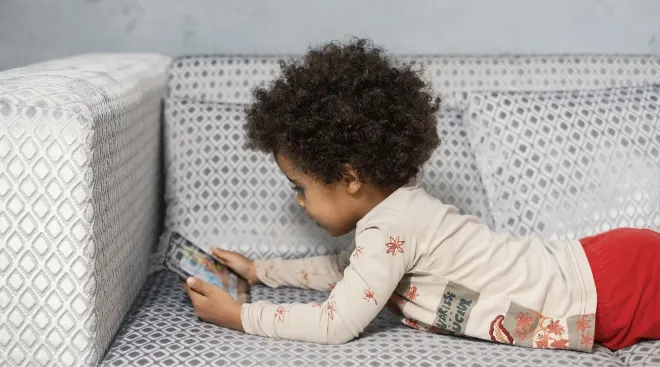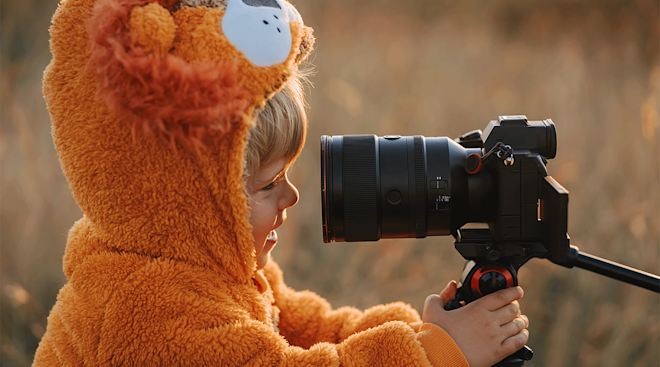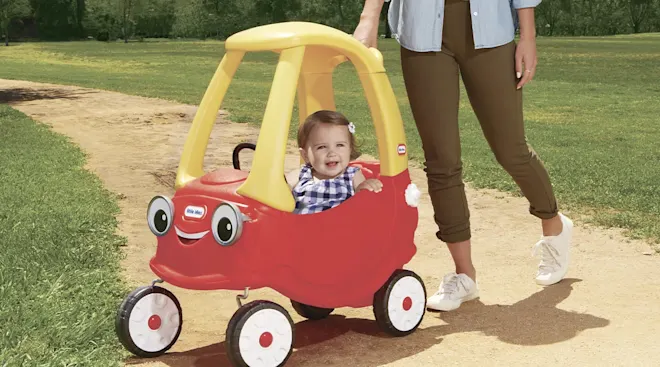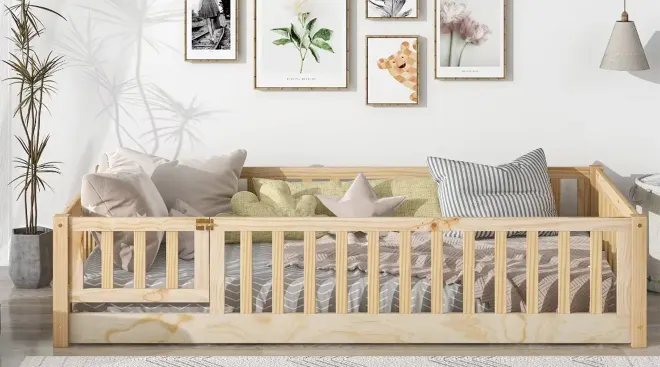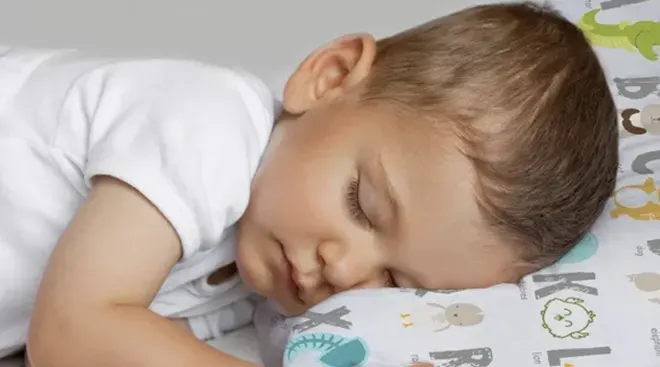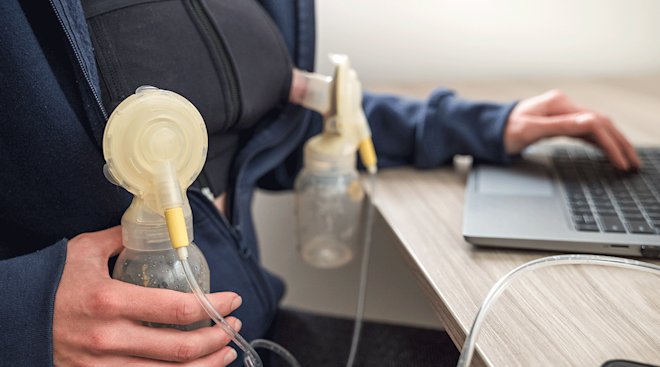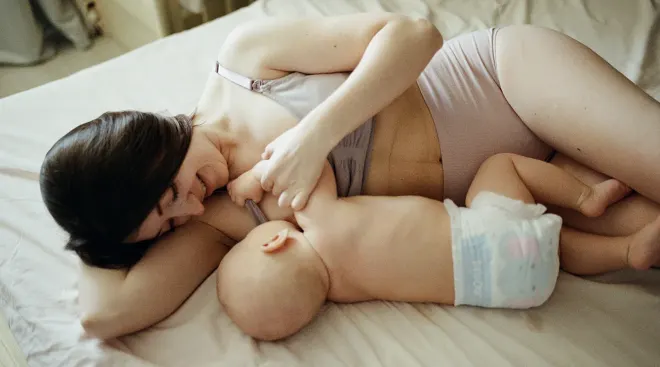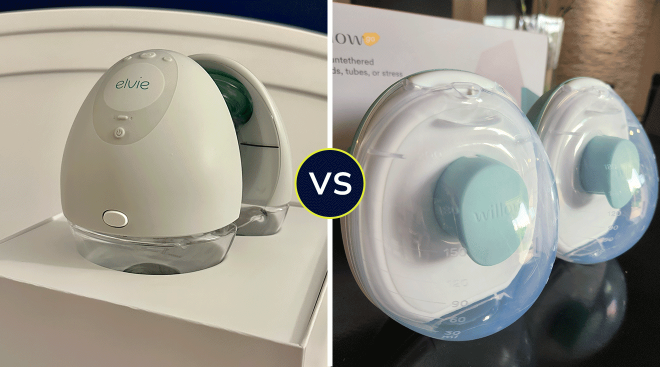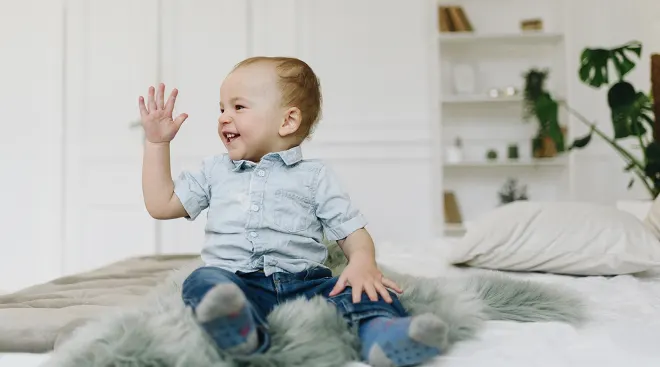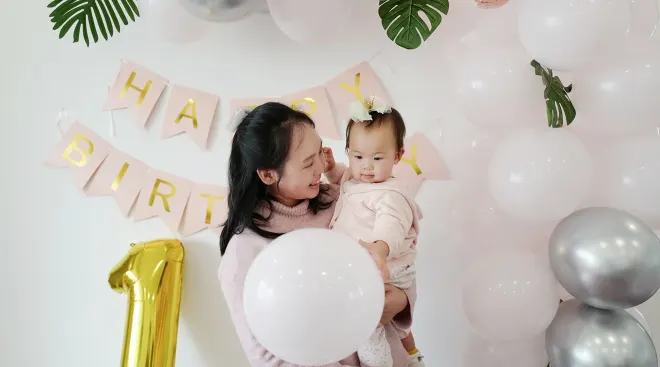The Best Head Lice Treatments for Toddlers and Preschoolers
Two words that’ll strike fear into any parents heart? Head lice. (Gulp!) Unfortunately, most families will deal with a nasty case of nits at some point in their child’s lives. And just to be clear up top: head lice can affect anyone young or old and have nothing to do with poor hygiene habits. While lice are most common in children between the ages of 3 and 11, that won’t stop them making a home on your baby or toddler’s noggin too.
Your best bet for banishing bugs? A topical head lice treatment. There are plenty of lice shampoos, lotions, mousses and gels on the market that claim to work wonders, but all of them should be used in combination with a fine tooth comb to remove any dead lice, eggs and detritus. While you can manually remove lice at home using the comb-out method alone, this is time-consuming and may not be as effective as a medicated treatment.
Desperate for a solution? Don’t despair. We’ve carefully considered medical guidelines and checked in with an expert to help us find the best head lice treatment options for babies, toddlers and preschoolers. Keep reading to find out more.
The bad news? Head lice affect millions of children each year. The good news? Lice and nits don’t pose a serious health risk to kids or adults. According to Marisa Garshick, MD, FAAD a board-certified dermatologist based in New York, head lice are not dangerous. But Garshick stresses that a case of head lice is itchy, contagious and has the potential to be psychologically distressing to your child. So if you see your little one scratching, or get a note home from their daycare, it’s important to check for lice immediately and take the appropriate treatment steps.
Before you rush out to the store to stock up on lice shampoo, follow these three steps recommended by the American Academy of Dermatology to check for head lice.
- Wet your child’s hair. This may make it easier to spot lice and eggs and also prevents those nasty nits from scurrying away.
- Position your child under a bright light. After you wet their hair, sit your child under a bright light or in an area with good natural light, so that you have a clear view of their scalp.
- Separate hair into sections. Section their hair, then beginning at the scalp, slowly comb outward through the hair with a fine-tooth comb.
Remember, even if only one person is showing symptoms of head lice it’s important to check every member of the household (kids and adults alike) to prevent the problem from multiplying.
Got a confirmed case on your hands? It’s time to get to the root of the problem. A topical lice treatment for kids is the best line of defense. According to Garshick, pediculicide treatments— typically available as a medicated shampoo—kill adult lice and some also have an “ovicidal effect,” meaning they kill unhatched eggs too. To ensure a treatment is effective, always follow the application instructions to the letter. Wait a week, then reapply the treatment a second time to catch any stragglers that may have survived the first round. After each treatment, remove dead lice and eggs using a fine-tooth lice comb. It’s also a good idea to wash your child’s clothes, towels, hats and bed linens in hot water before drying them on a high heat (just in case). If the head lice persist—despite over-the-counter treatments—Garshick suggests seeking advice from a doctor or pediatric dermatologist who can give you a prescription treatment if necessary.
Professional lice treatment services
Don’t like the thought of dousing your child’s head with chemicals? There are other options available. Professional lice treatment services, also known as “lice pickers,” are a good option if you want to skip over the counter treatments altogether. These companies do home visits or host clinics that use heated air technology to kill lice and nits quickly. Then, using state of the art equipment and magnification, the staff carefully comb-out one section of hair at a time to remove any remaining nits.
There are many different head lice treatments for kids on the market. To determine whether one is safe to use on your child, make sure that it is FDA-approved and always check the recommended age-guidelines written on the label. Now that we’ve covered the basics, here are three types of over-the-counter head lice treatments that are typically safe to use on infants, toddlers and preschoolers:
- Permethrin lotion (1%). According to Garshick, permethrin is FDA-approved for use on infants 2 months of age and older. Although this is the best head lice treatment for babies, it’s important to note that it doesn’t kill unhatched eggs. For best results, the Center for Disease Control and Prevention (CDC) recommends reapplying the cream nine days after the initial application to kill any new hatchlings.
- Pyrethrin. This is the active-ingredient found in many lice shampoos, mousses and gels. A good option for toddlers, pyrethrin-based products are approved for use on children 2 years of age and up. Like Permethrin lotion, it kills live lice but not unhatched eggs, so a second treatment is recommended 9 to 10 days after the first application.
- Ivermectin lotion (0.5%). This formula is an FDA-approved head lice treatment suitable for infants over 6 months old. While it won’t get rid of eggs, it does kill live lice and prevents newly-hatched lice from living. Better yet, only one application is needed.
While the medications listed above can be bought without a prescription, the American Academy of Pediatrics recommends checking in with your child’s pediatrician before beginning any course of treatment.
Feeling the itch? Us too. Here find head lice treatments and tools that are safe to use on infants, toddlers and school-age children.
Best head lice treatment for infants
- FDA-approved
- Works in 10 minutes
- Prevents reinfestation for up to 14 days after initial application
- Some people say the comb doesn’t work well on thick hair
First up on our list of the best head lice treatments is the Nix Creme Rinse set. Pegged as the top pediatrician-recommended lice removal brand, this FDA-approved lotion eliminates lice and eggs after a single application. It’s safe to use on babies 2 months and up and contains a 1 percent dose of permethrin. Better yet, it only needs to be left on the hair for 10 minutes. After rinsing, use the included fine-toothed comb to remove dead lice and eggs.
Age range: 2 months + | Active ingredient: Permethrin 1%
Best all-in-one head lice treatment for toddlers
- FDA-approved
- Set includes a spray that kills lice living on mattresses, furniture, car interiors and other non-washable items
- Not suitable for infants
Stop lice in their tracks with this complete treatment kit by RID. The set includes a lice shampoo, detangling spray, fine-tooth comb and a spray to treat fabric and soft furnishings. The shampoo itself contains pyrethrum extract, which is clinically proven and FDA-approved to treat head lice, and is safe to use on toddlers and preschoolers.
Age range: 2 years + | Active ingredient: Pyrethrum extract (equivalent to 0.33% pyrethrins)
Best single-dose head lice treatment
- FDA-approved
- Works in 10 minutes
- No combing necessary
- Kids with thick hair may need more than one tube
This generic lotion contains a 0.5 percent concentration of ivermectin, an FDA-approved head lice treatment for kids. It works in as little as 10 minutes and a single tube is enough to kill head lice and prevent newly hatched nits from surviving. No combing is necessary with this product, but it’s probably a good idea to manually remove any dead lice and eggs from your little one’s head so they’re left feeling fresh and clean.
Age range: 6 months + | Active ingredient: Ivermectin 0.5%
Best pesticide-free head lice treatment
- Natural formula
- Pleasant scent
- Free from parabens, sulfates, harsh chemicals and pesticides
- Not suitable for babies and toddlers
The jury’s still out over whether natural head lice treatments actually work. But not everyone likes the idea of using harsh pesticides on their kids’ sensitive scalp, and over a thousand five-star reviews on Amazon swear by the Fairy Tales Lice Good-Bye Survival Kit for Lice Treatment. This all-natural set comes with a steel comb and a rosemary scented conditioning spray. But the real star of the show is the Lice Good-Bye Mousse, which contains yeast enzymes and other natural ingredients that dissolve bugs as well as the sticky “nit glue” that helps lice eggs cling onto the hair shaft. After application, comb out the lice and eggs to prevent another outbreak.
Age range: 4 years + | Active ingredient: Essential oils
Best head lice comb for children
- Double-sided comb detangles and removes dead lice and eggs
- Comfortable handle is designed to help keep fingers away from lice
- Some parents say the comb doesn’t work well on thick hair
When it comes to head lice removal, a fine-toothed comb will be your new best friend. From identifying an outbreak and detangling the hair to combing out dead lice and eggs, this modest tool is a must-have. There are plenty of options to choose from, but we like this comb by top-rated brand Nix. It has an ergonomic, easy-grip handle and a double sided head with a wide tooth side for detangling and a fine tooth side that removes lice and eggs.
Age range: 2 months +
Best preventative head lice treatment
- Acts as a natural barrier to head lice
- Cruelty-free
- Doesn’t kill live lice or eggs
Want to avoid dealing with nits in the first place? Or just trying to keep one child from passing them to the other? Try this daily repel spray by Fairy Tales. Tried and tested by The Bump editors, this natural formula is enriched with rosemary, citronella, tea tree and geranium oil and helps create a natural barrier to lice. Plus, it locks hairstyles in place, tames flyaways and smells great!
Age range: 4 years + | Active ingredient: Essential oils
We get it—discovering your child has head lice can be a cringe-worthy occasion. The good news is that this particular type of pest is more of a nuisance than a health hazard. Not to mention the fact that head lice is an incredibly common issue in young children and is nothing to be ashamed of. With that said it’s important to get on top of the problem, as head lice are itchy and annoying.
To streamline your decision-making process, our goal is to do the bulk of the research for you, so you don’t have to spend hours scrolling through online retailers. We do this by considering a list of criteria when sourcing head lice treatments, including effectiveness, method, formula type and, last but definitely not least, safety. This way you can count on getting the best bang for your buck, while also having an effective lice treatment that actually works.
To decide which head lice treatments are the best options for babies and toddlers, we did our due diligence to determine which brands were reliable and clinically-proven. We also read user reviews to get the lowdown on how these products work for families, and didn’t consider anything with less than an average four-star rating.
To make sure we’re highlighting head lice treatments that are safe and effective, we consulted a board-certified dermatologist to understand how these treatments work as well as safety considerations to keep top of mind. We also read recommendations from the US Food and Drug Administration, Centers for Disease Control and Prevention, the American Academy of Pediatrics and the American Academy of Dermatology.
Interested in learning more about our editorial process? Read about how our team develops and reviews all articles here.
Please note: The Bump and the materials and information it contains are not intended to, and do not constitute, medical or other health advice or diagnosis and should not be used as such. You should always consult with a qualified physician or health professional about your specific circumstances.
Plus, more from The Bump:
Marisa Garshick, MD, FAAD is a leading board-certified dermatologist serving patients throughout Manhattan, New York at MDCS Dermatology. She earned her medical degree from Tufts University School of Medicine and completed her dermatology residency at Cornell’s New York Presbyterian Hospital.
American Academy of Dermatology, Head Lice: Diagnosis and Treatment
U.S. Food & Drug Administration, Treating and Preventing Head Lice, October 2022
Centers for Disease Control and Prevention, Head Lice Treatment
American Academy of Pediatrics, Head Lice: What Parents Need to Know, September 2022
Navigate forward to interact with the calendar and select a date. Press the question mark key to get the keyboard shortcuts for changing dates.

































